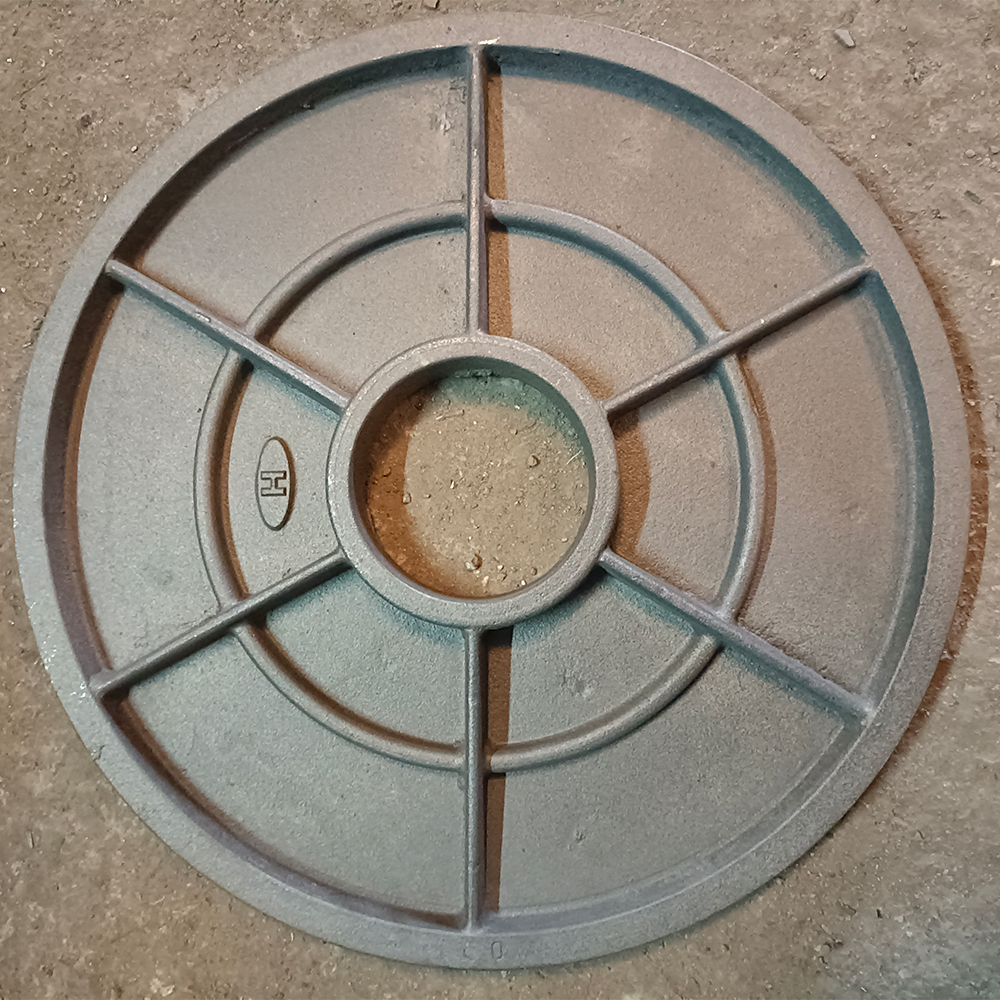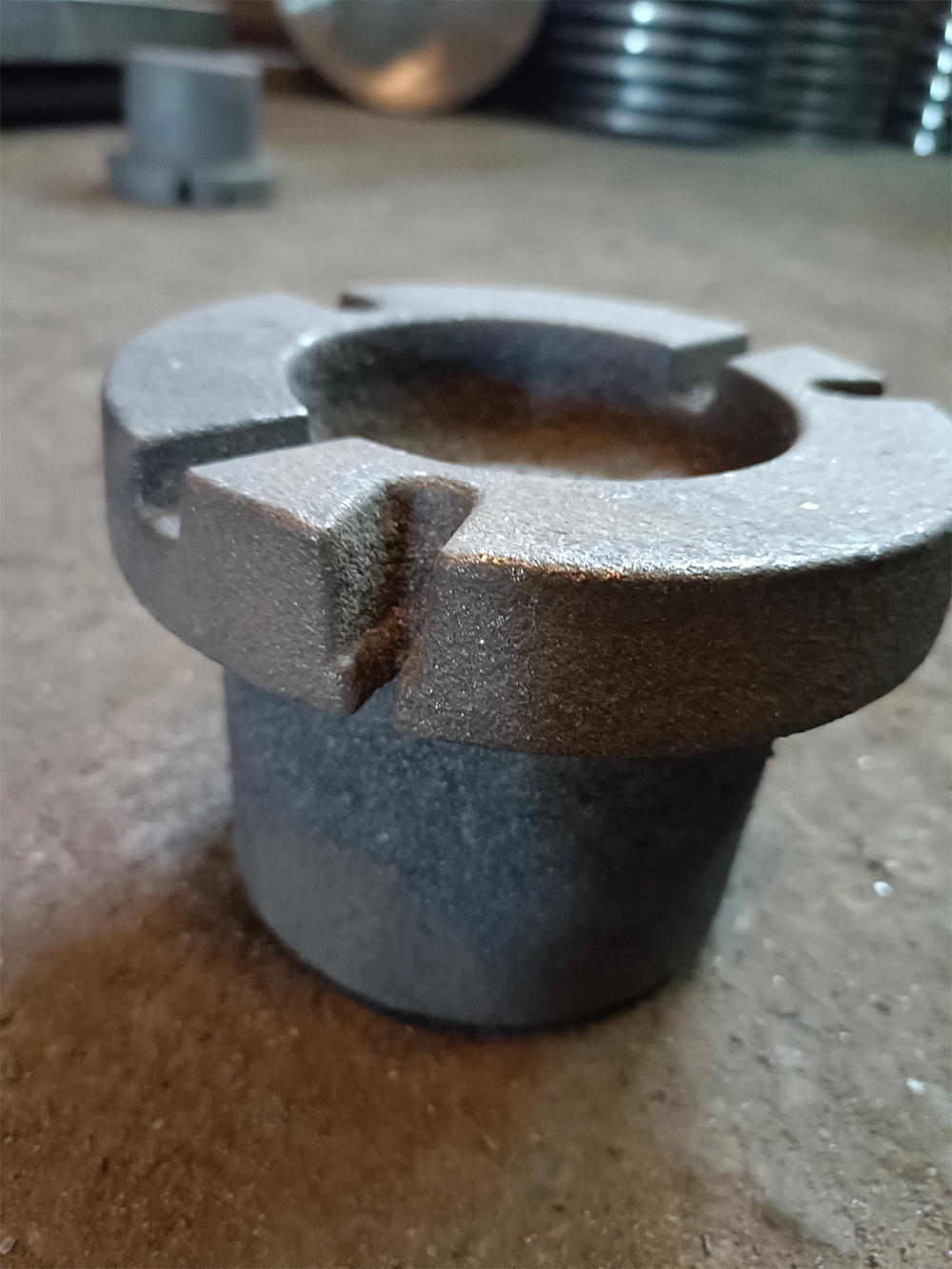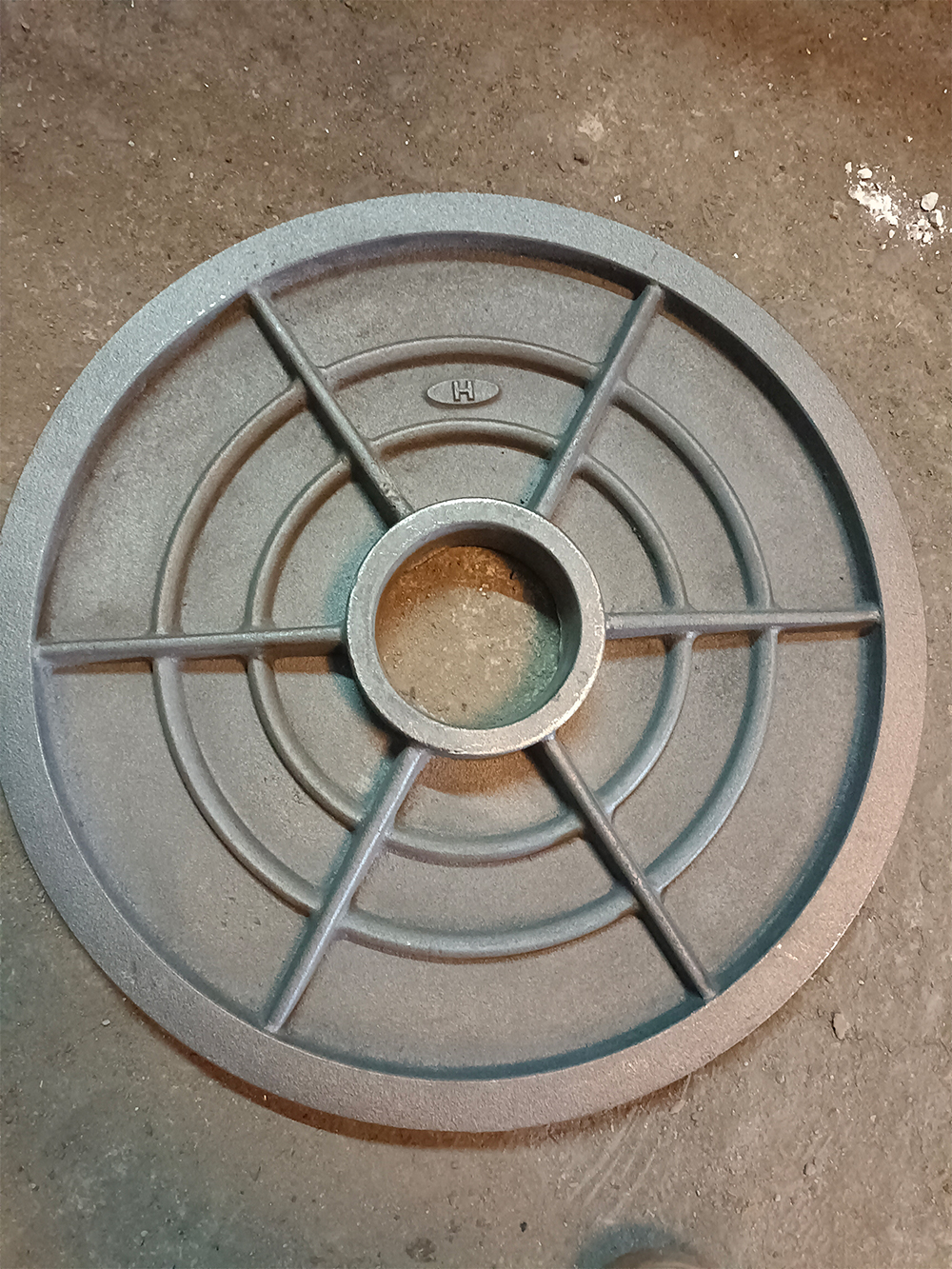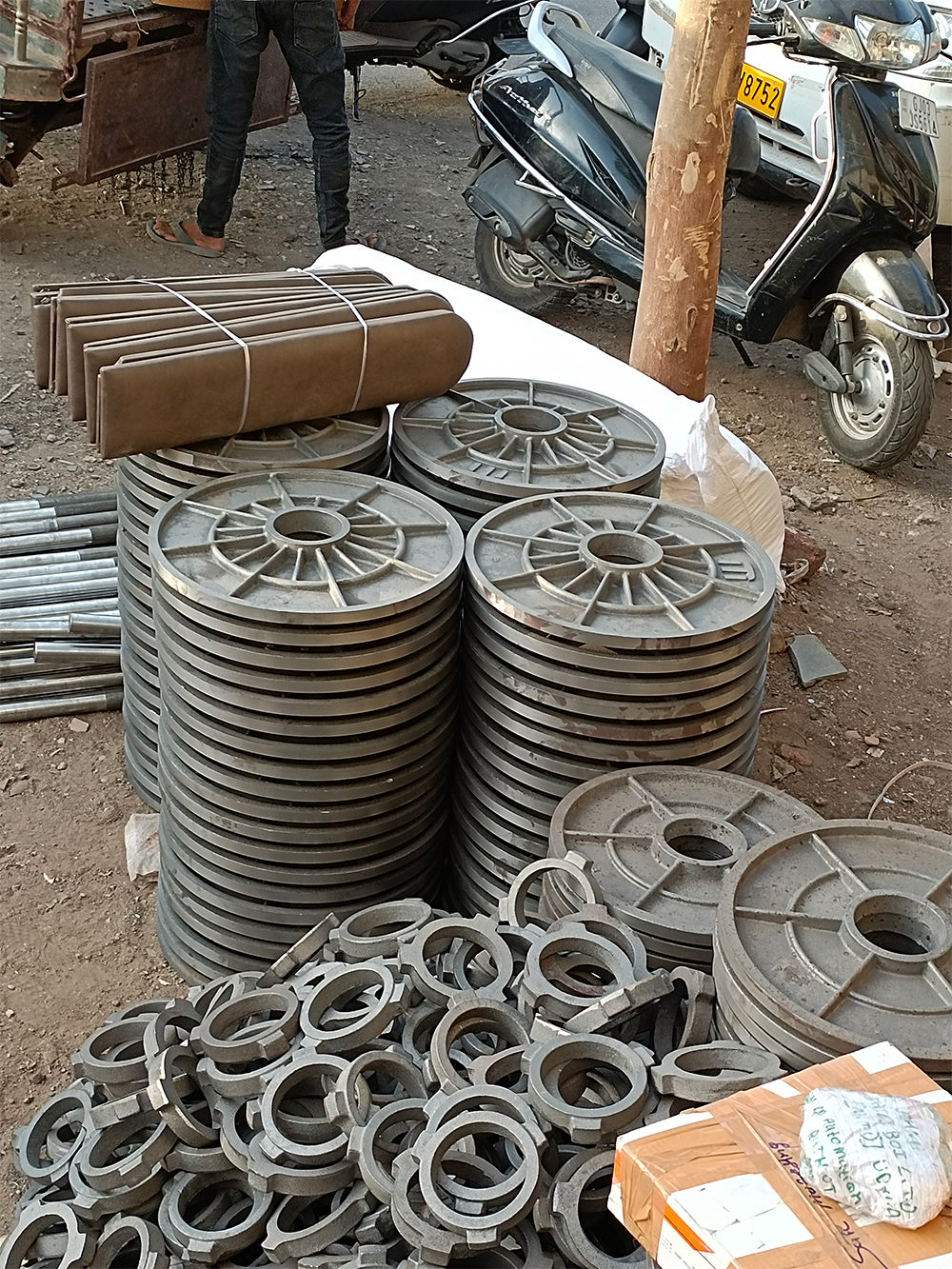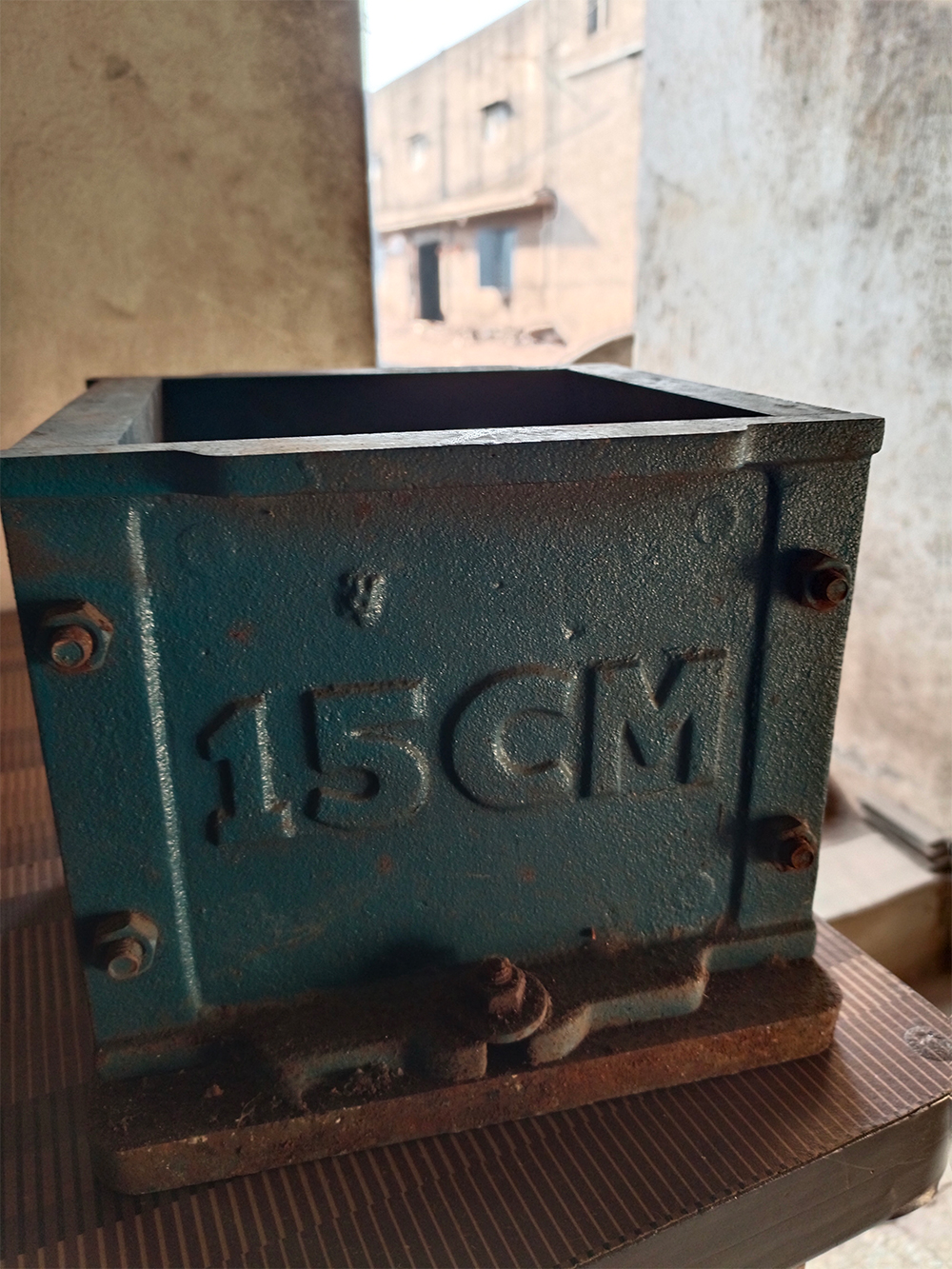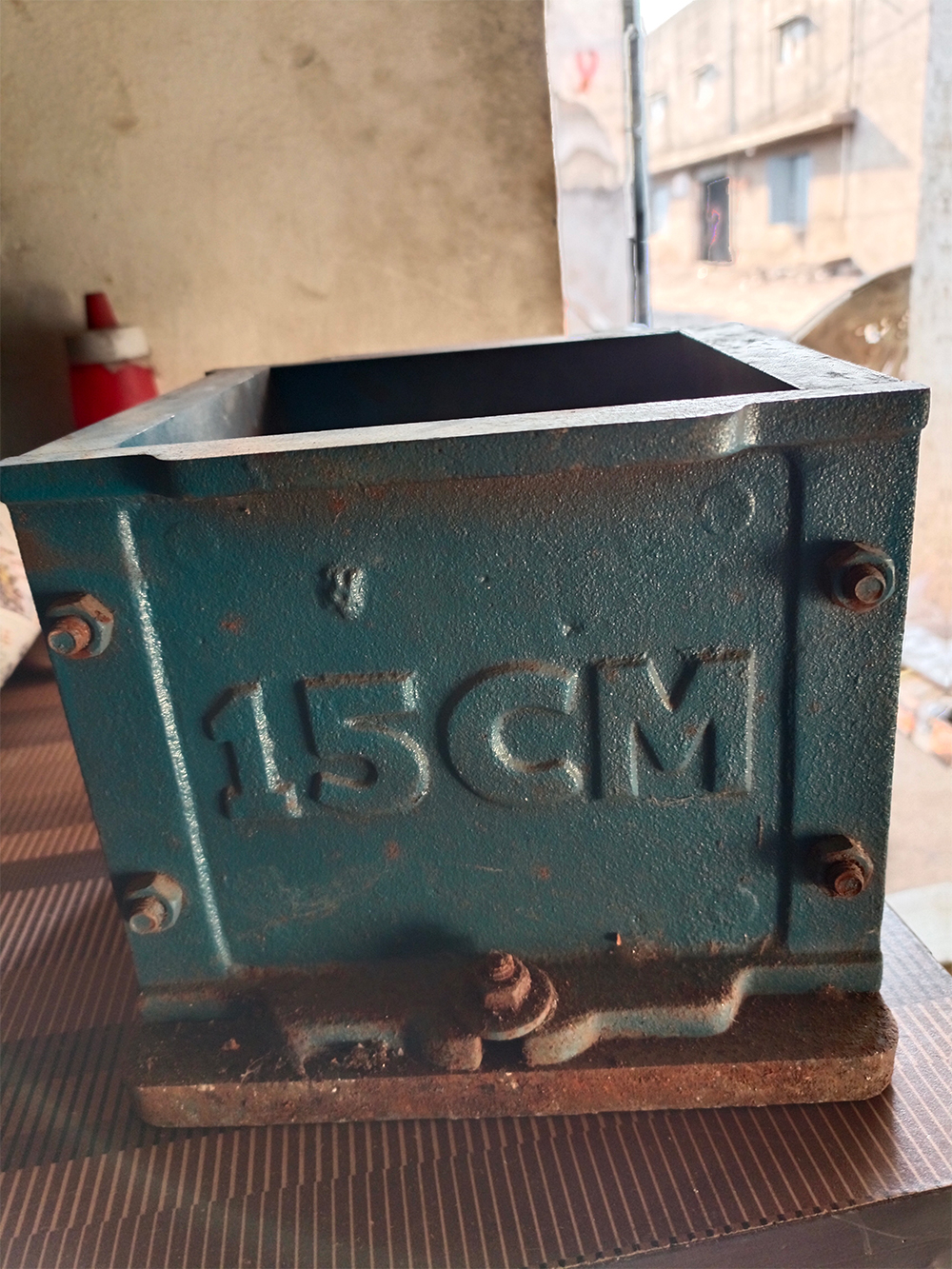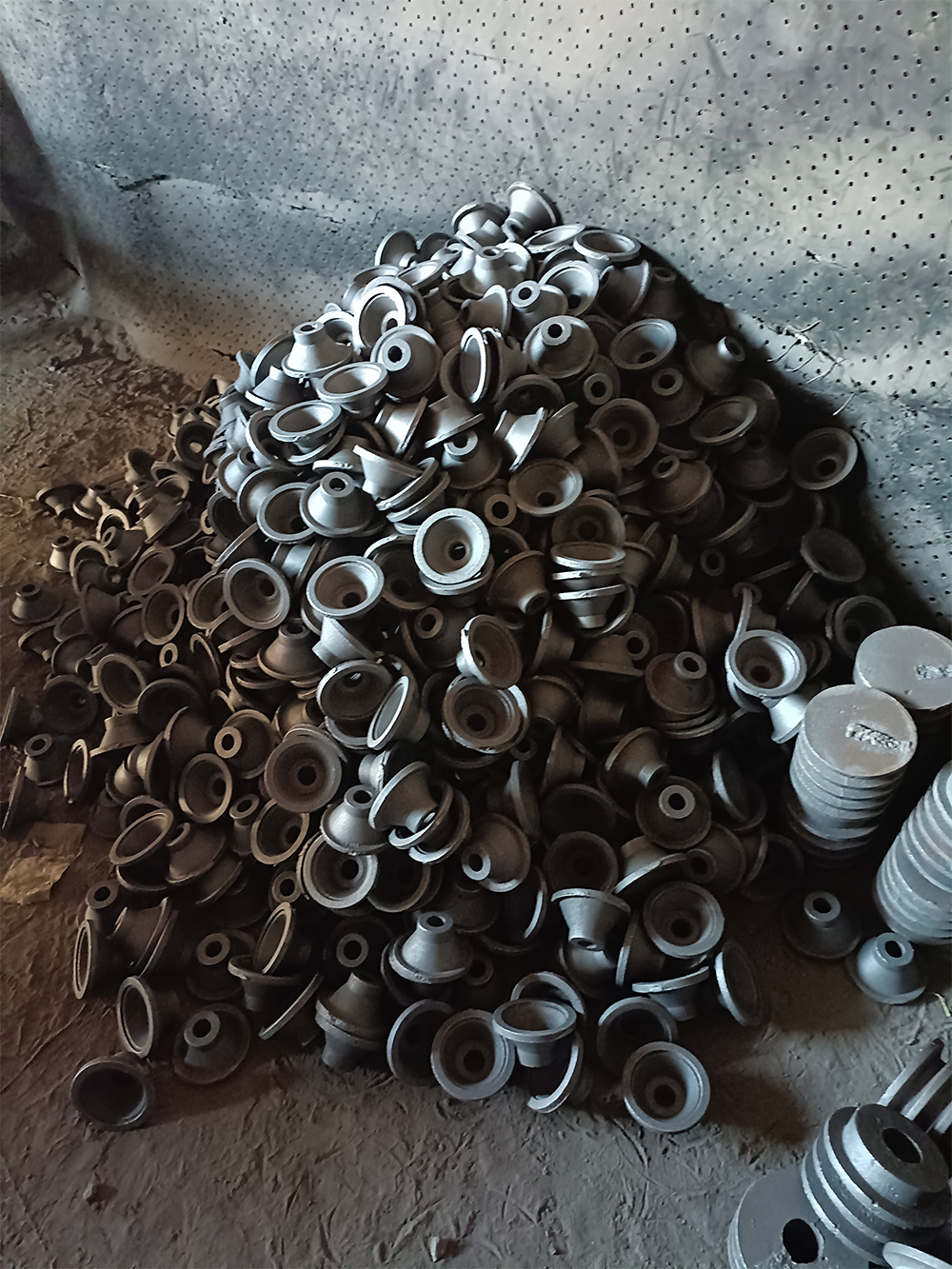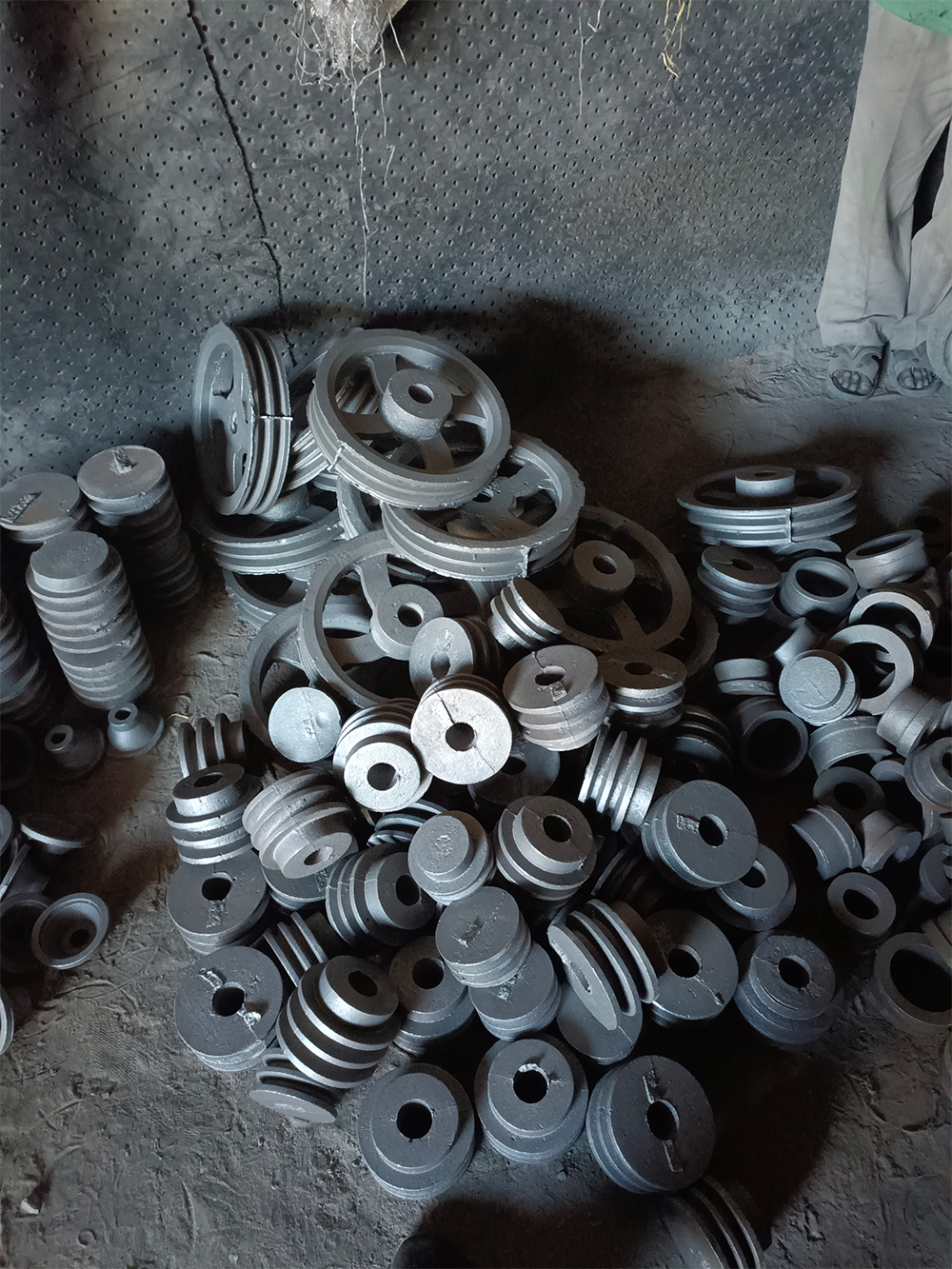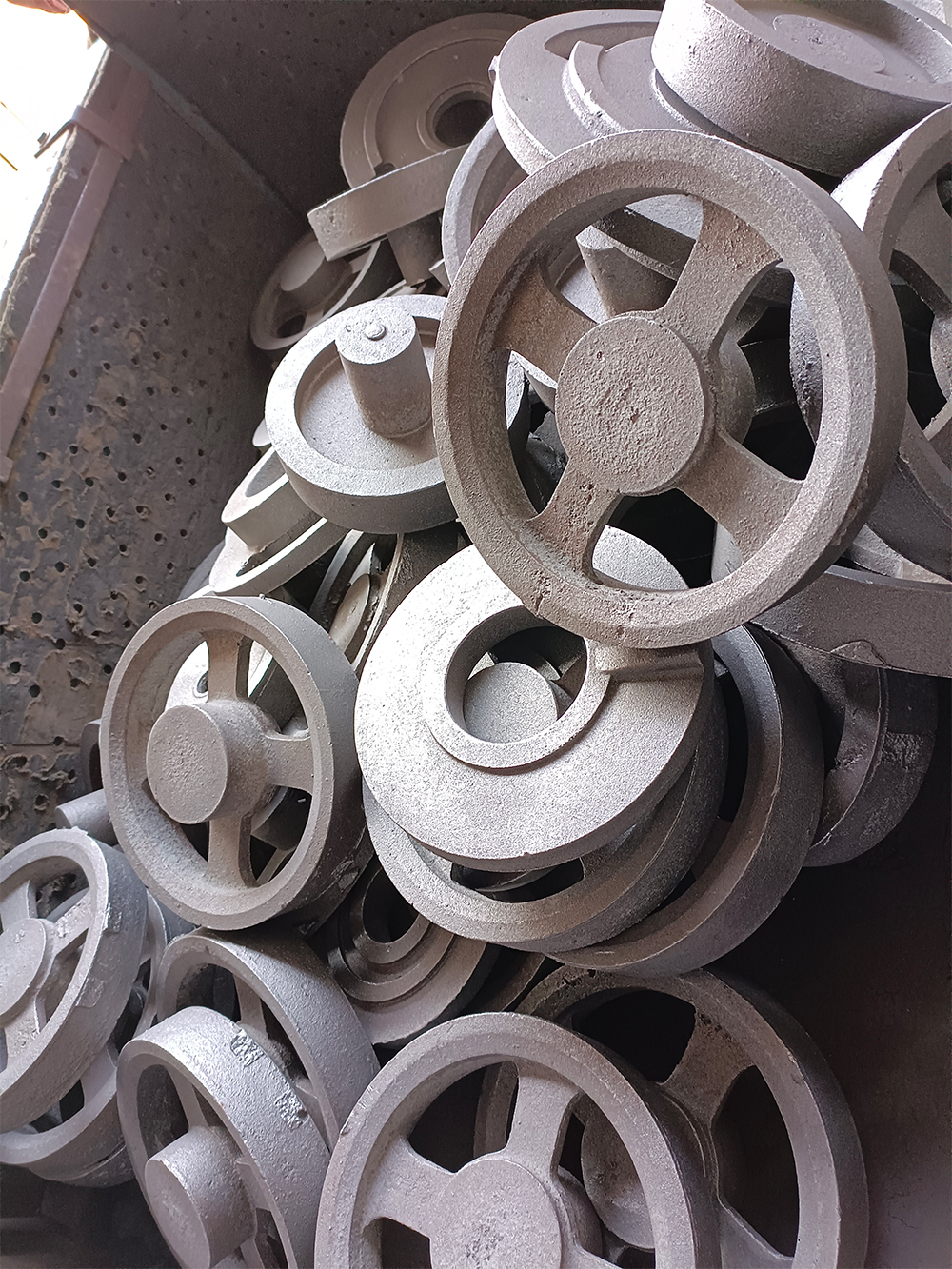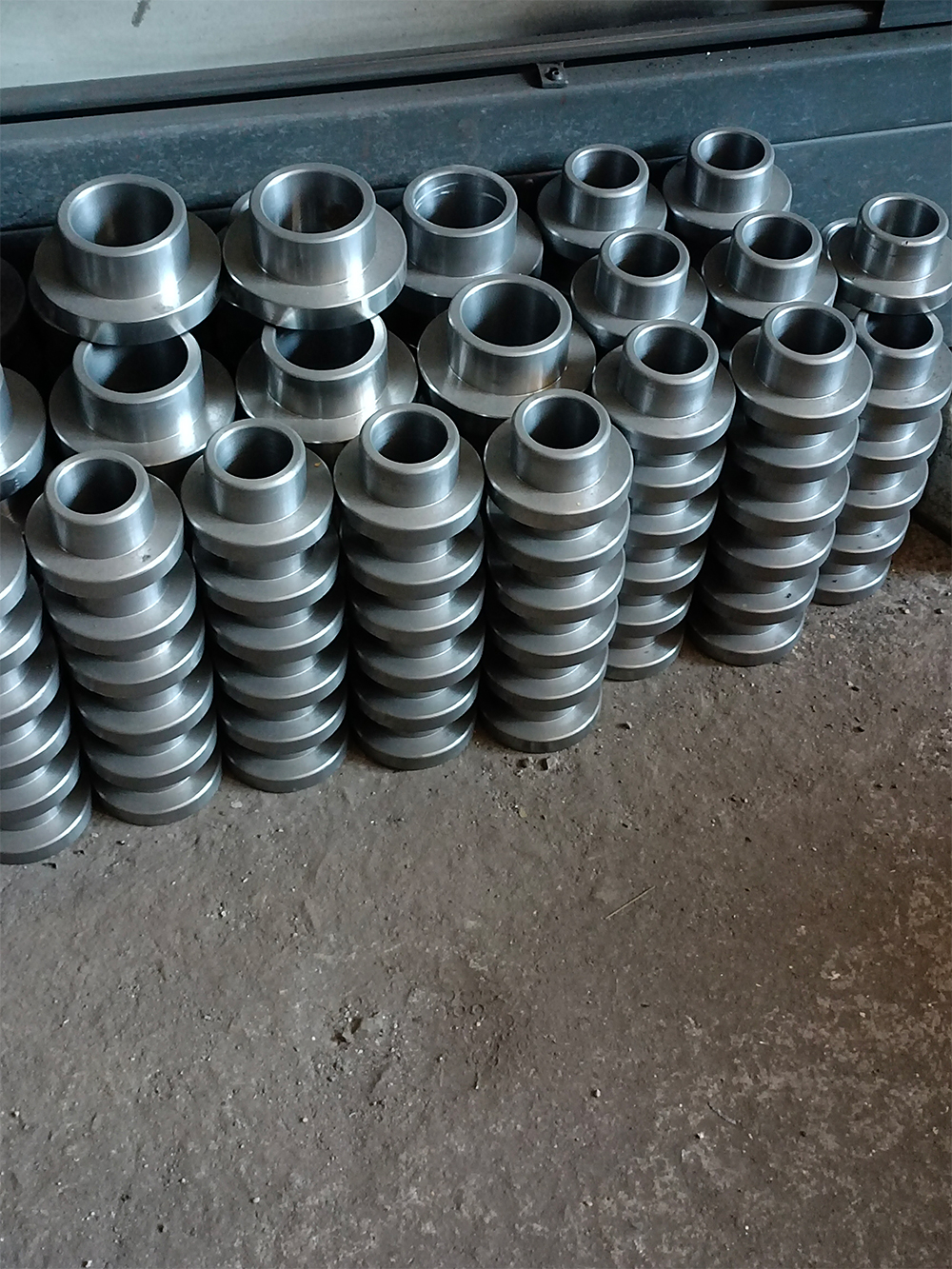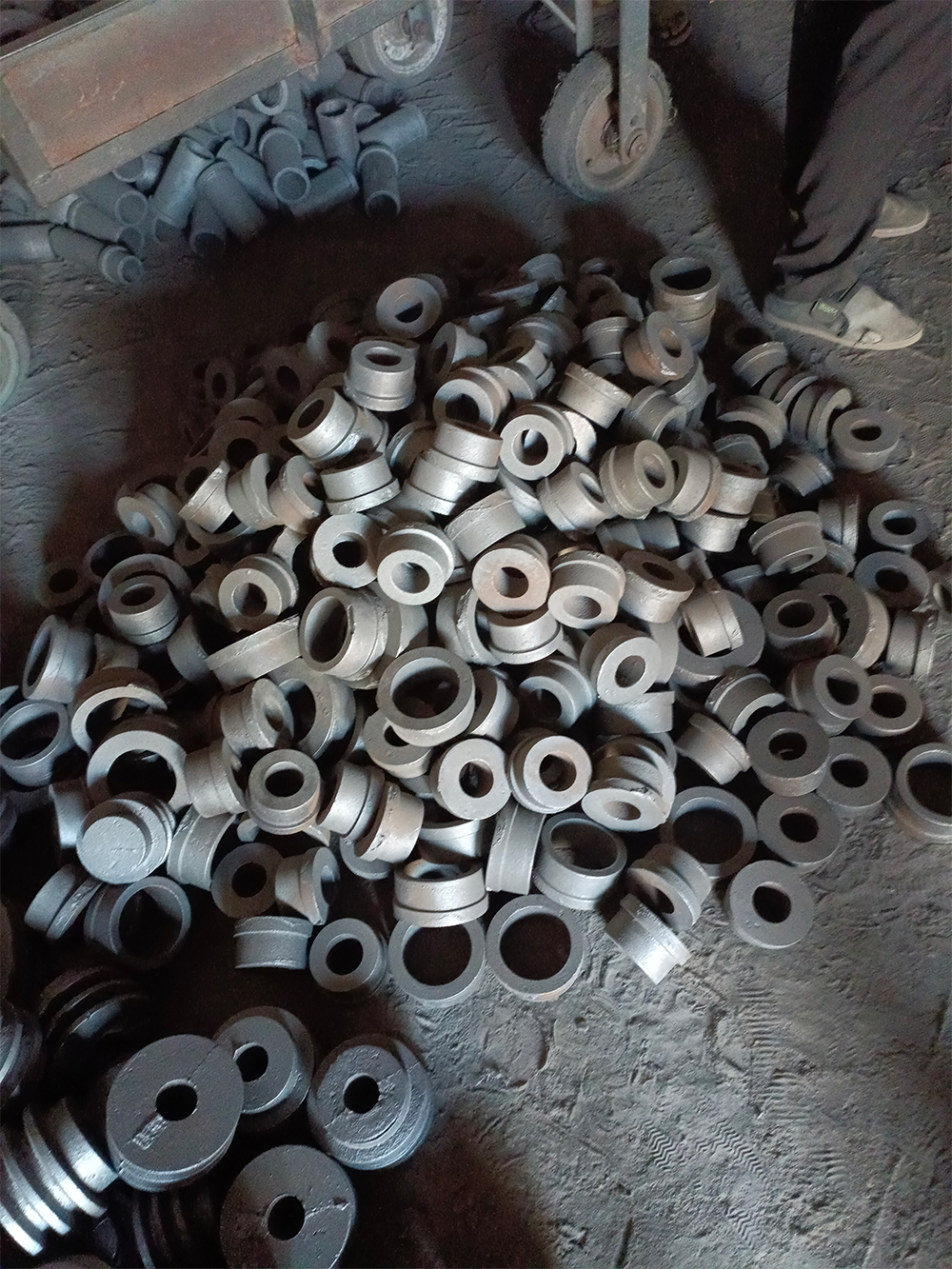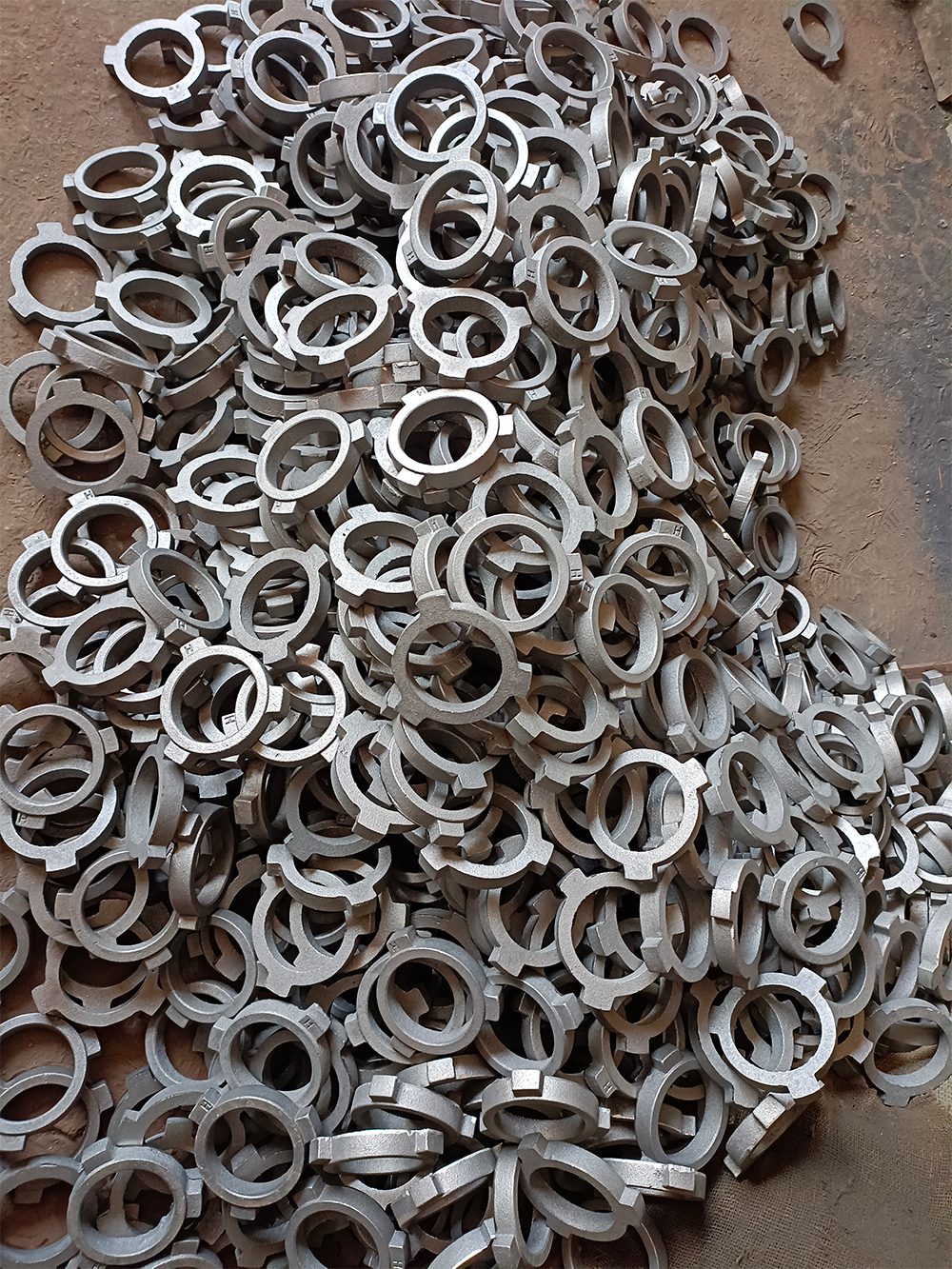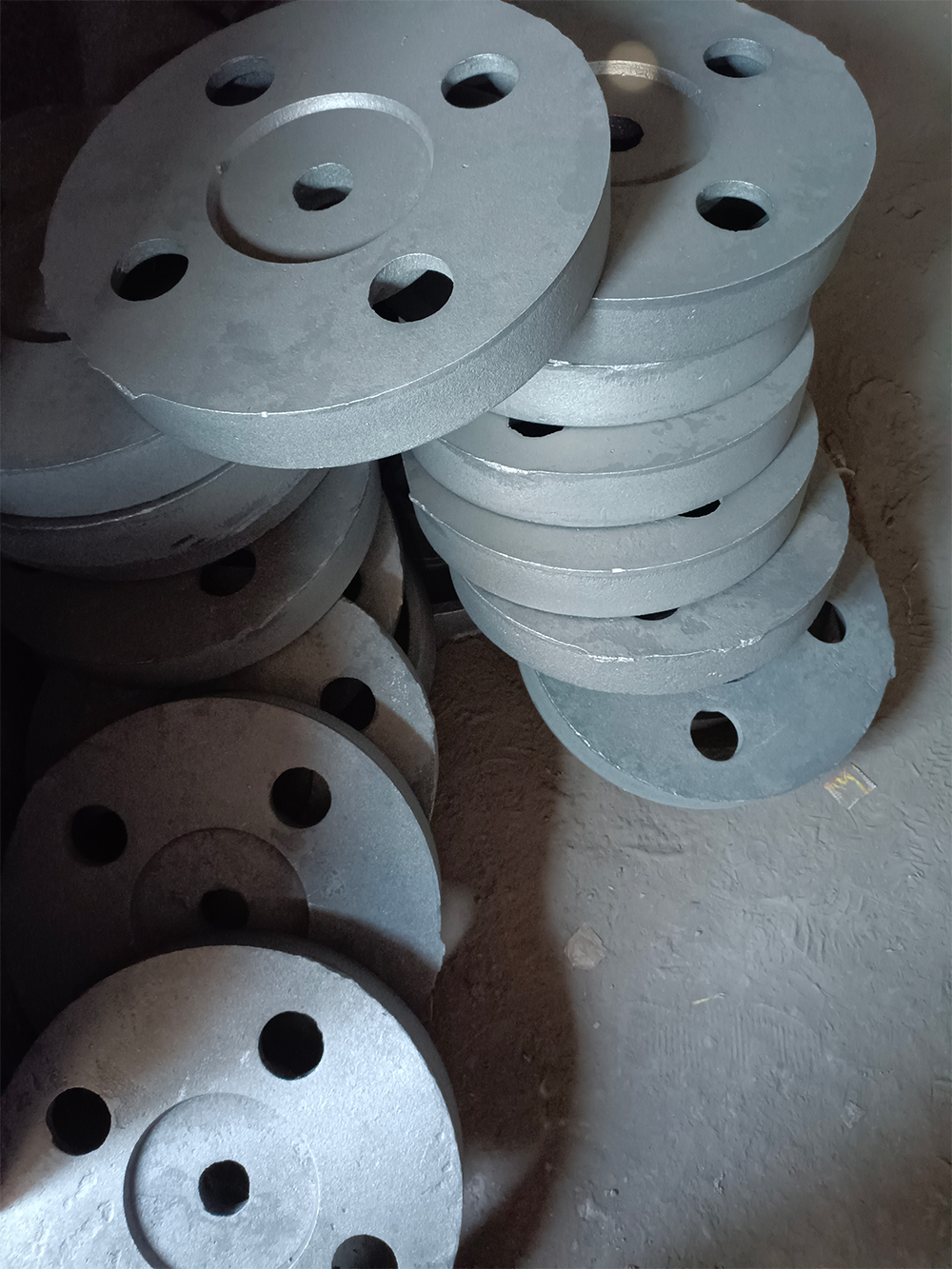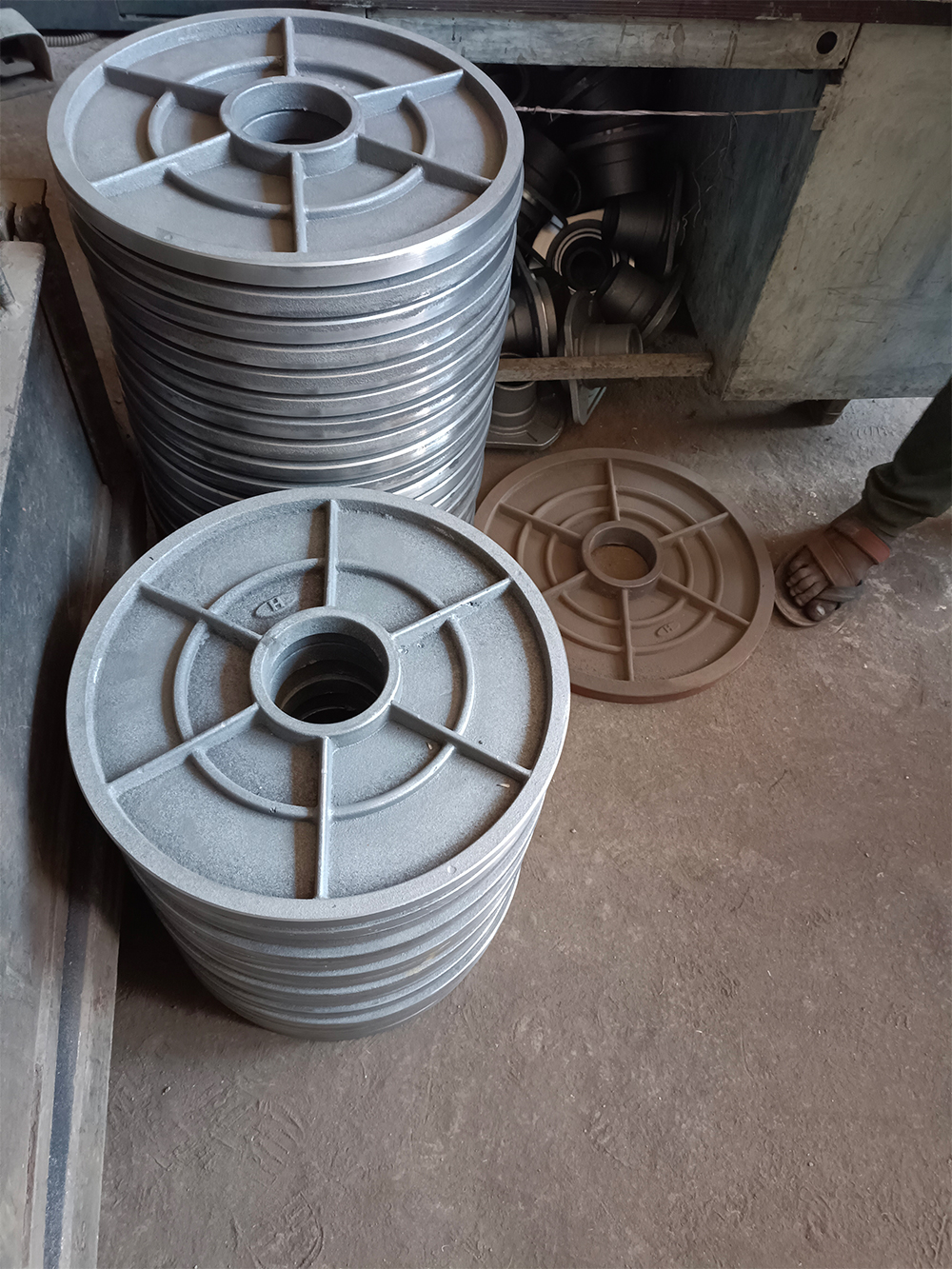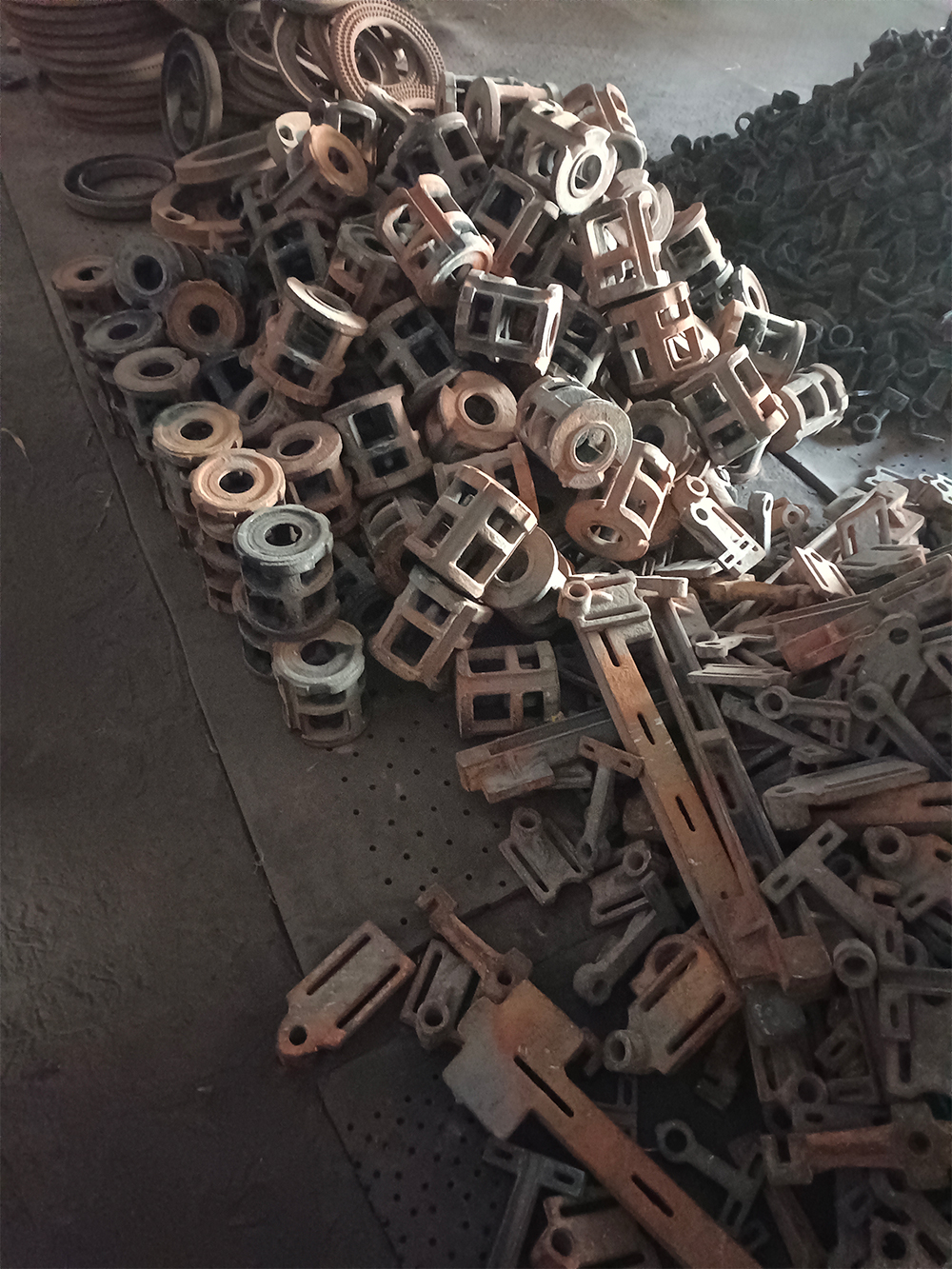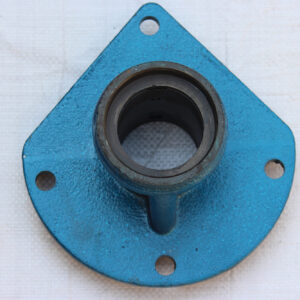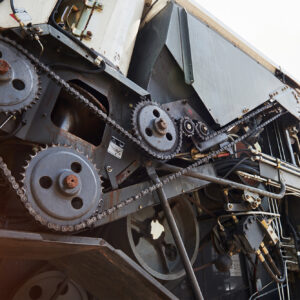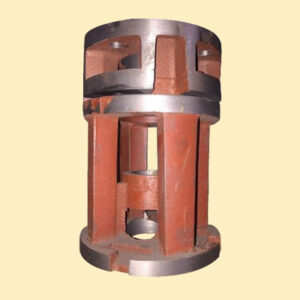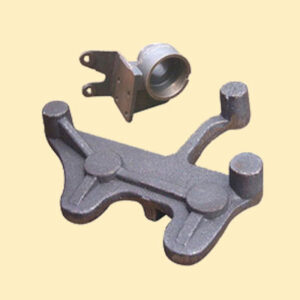“CI casting” typically refers to Cast Iron casting, which is a common method for manufacturing components and products made from cast iron. Cast iron is a strong and brittle material with excellent casting properties, making it suitable for a wide range of applications. CI casting is widely used in various industries, including automotive, construction, infrastructure, and machinery manufacturing.
Description
Here’s an overview of CI casting:
Pattern Making: The CI casting process begins with the creation of a pattern, which is a replica of the final product. Patterns can be made of various materials, including wood, metal, or plastic.
Mold Preparation: The pattern is used to create a mold. Sand molds are commonly employed in CI casting. The pattern is placed in a molding box, and sand is packed around it to create a cavity that matches the desired shape of the final product.
Melting the Metal: Cast iron is melted in a furnace. The type of cast iron used can vary, with common types including gray iron, ductile iron, and malleable iron. The choice of cast iron depends on the properties required for the final product.
Pouring the Molten Metal: Once the cast iron is molten, it is poured into the prepared mold. The molten metal fills the mold cavity, taking the shape of the pattern.
Cooling and Solidification: The molten metal cools and solidifies inside the mold. The cooling time is crucial for achieving the desired material properties and structure.
Casting Removal: After the metal has solidified, the casting is removed from the mold. Excess material, such as the casting gate or sprue, is usually removed. The casting may undergo further processes like machining, if necessary.
Finishing: The cast iron component may undergo additional finishing processes, including machining, surface treatment, and coating, to meet specific requirements and tolerances.
Quality Control: The finished CI casting is inspected for dimensional accuracy, surface finish, and other quality parameters. This ensures that the cast component meets the specified standards and requirements.
Cast iron is valued for its excellent casting properties, high wear resistance, and good machinability. Different types of cast iron, such as gray iron, ductile iron, and malleable iron, have distinct properties and applications. CI casting is widely used for manufacturing components like engine blocks, pipes, pump housings, manhole covers, and various industrial machinery parts.

